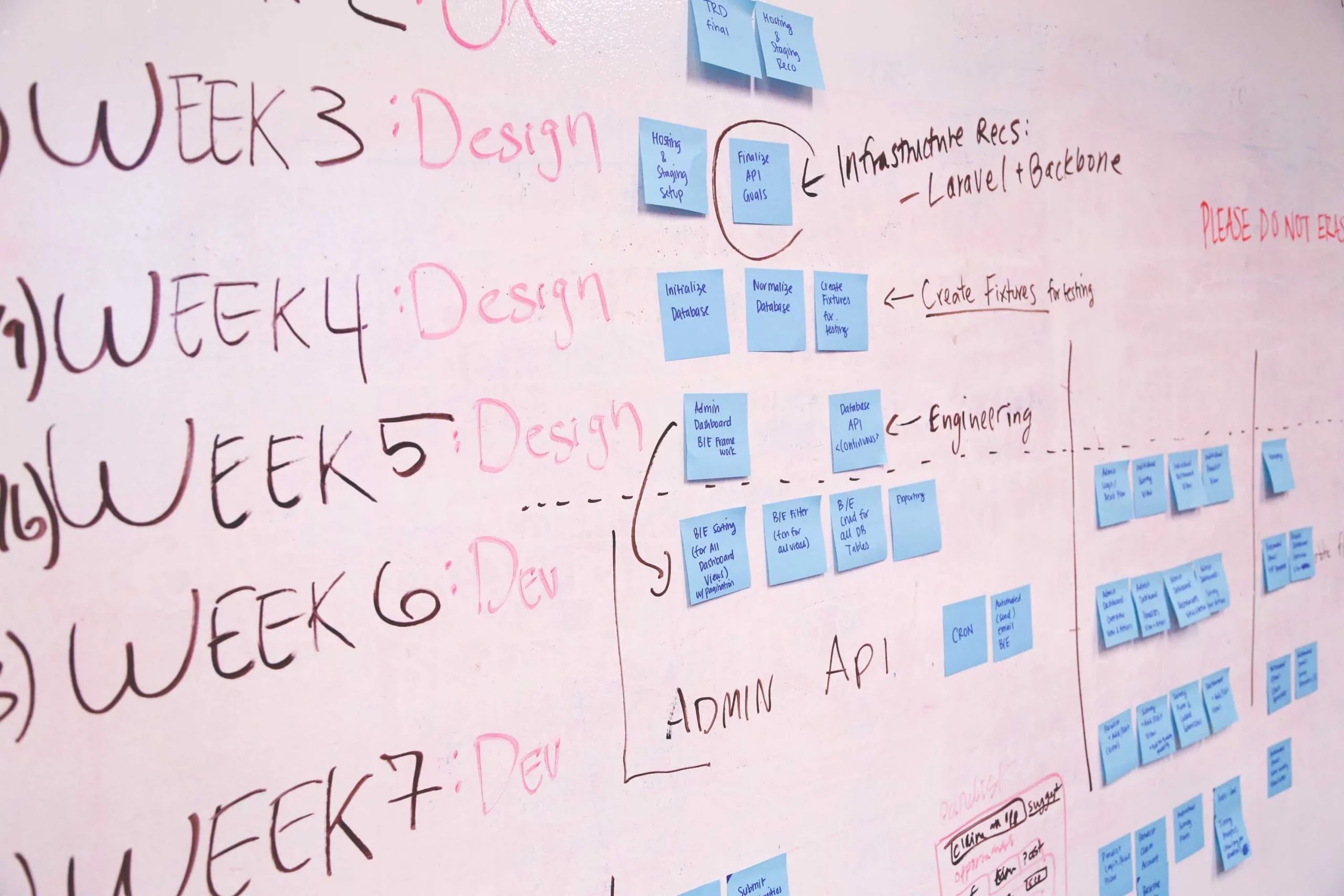
Which is Best for My Project, Waterfall or Agile? A Review of Methodologies
By SOLTECH
Waterfall or Agile?
Waterfall and Agile are development methodologies that are used when creating custom software. If you’re asking yourself “which is best for my project, waterfall, or agile?” the short answer is, it depends.
The long answer is choosing one methodology for your project truly relies on knowing the project’s requirements.
Let’s talk about the differences to help you decide which is best for your project, waterfall or agile.

The Traditional Waterfall Approach
Waterfall is a model used in the development life cycle in the technology industry. It is one of the most “tried and true” methodologies amongst software developers as there are 8 pre-created stages which require heavy documentation.
Typically, this means no surprises develop along the cycle as each stage must be completed before moving on to the next.
The 8 stages are:
- Conception
- Initiation
- Analysis
- Design
- Construction
- Testing
- Implementation
- Maintenance
Sounds straight to the point, right? Exactly.
The straight forward approach of this model is what makes it a popular choice, specifically when a client is under a strict budget or timeline.
The client will know exactly which phase the project is in as well as other concrete details such as timeline, cost, the design and construction of the application. Progress is easy to examine as documentation of each stage is written as the project moves forward in the cycle.
Once the documentation is ready, it will be handed to the developers to code. Finally, after coding is done, the entire application will be tested and presented to the software owners as a finished product.
However, there are a few prevailing problems with the Waterfall approach:
- It is hard to think through an entire software design on paper. When the business starts using the software, better ideas emerge and the software design is solidified. Waterfall doesn’t allow for intermediate stages of feedback.
- The waterfall process can take months or years to complete, and there isn’t an opportunity to change the software if the needs of the business change during this time.
- Any vagueness in the requirements or assumptions made by the development team is not caught until the product is done, making it expensive to fix.
How is Agile Different?
In this video, a past client talks about his experience with Agile and Sprints.
The idea of Agile is stated in its name. Rather than being long, formal and inflexible, the Agile methodology incorporates nimbleness from the start.
There is less effort spent on upfront requirements gathering and design, and more effort on developing the most important features first, getting feedback as soon as possible and adjusting along the way.
The software features are itemized based on the needs of the user. For every task that the user needs to accomplish using the software, a user story is written. For example, a user story could be, “As an administrative user, I want to be able to reset the password of all the users on my system.”
Work is broken down into short “sprints.” For each sprint, you will prioritize the user stories and the team will develop and test, typically in a 2-week timeframe.
The development will then be shown to you. Based on your feedback, you repeat the prioritization, development, and test cycle until the product is delivered.
Where Agile Plays A Role
In this video, a past client talks about focusing on the end result rather than the methodology.
As someone who is looking to build software, you don’t need to know the ins and outs of Agile and Scrum. Software teams get hung up on the methodology they use or the technology they use rather than paying attention to what matters most: delivering the product you want in a reasonable budget and timeframe.
What you do need to know when choosing a software team, regardless if they claim to use Agile or not, is do they:
- Deliver demos of the code to you as soon as possible and frequently thereafter
- Provide the flexibility to change requirements and design as the project progresses
- Allow you to prioritize the development of features
- Provide frequent budget updates to help you control costs and make sure the necessary features are delivered with the money you have allocated
Following a methodology like Agile does not necessarily guarantee better software. Projects can fail with Agile as they can with Waterfall.
The success of your project depends on how well your team understands your requirements, knows how to use technology to build quality software, takes in your input, is flexible to your changing needs, and can execute using a reliable process.
Which Methodology is Better?
Waterfall and Agile are both equally valuable but in different situations. Teams that work on client projects are always well-versed in both. How one is chosen widely depends on the project and the client’s requirements. Choosing the right one typically isn’t difficult as the project manager will be able to decipher which would be the best fit for the project.
Resource: The 5 Pillars Of A Successful Software Project
We want to help every software project begin on solid ground. In The 5 Pillars Of A Successful Software Project, we share the five essential ingredients of every software project.
You can grab a copy of the guide below and share it with your team!

